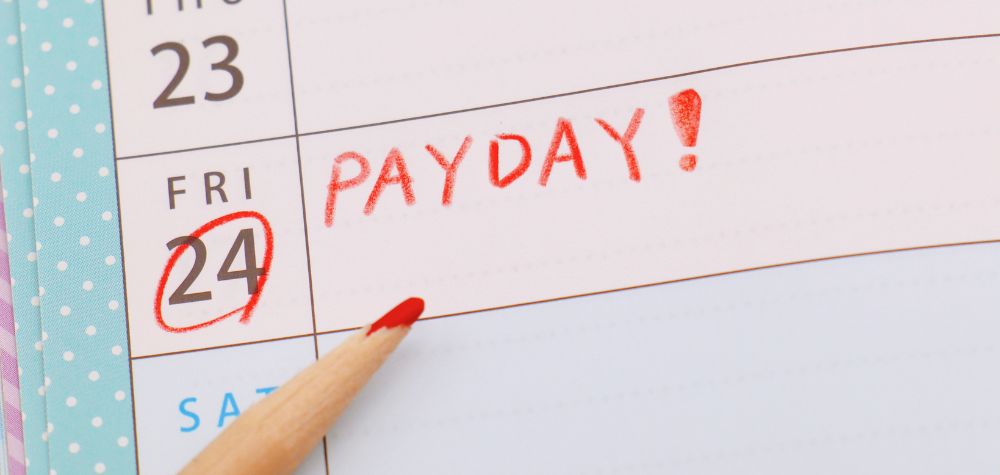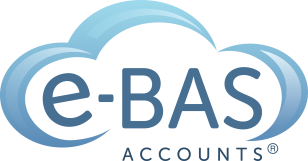PayDay Super is Coming

Payday Super is coming! Payday Super aims to stop employers from not paying employees super or paying it late. The premise is that super will need to be paid after each pay run, even termination pay runs. Payday Super is set to begin from 1 July 2026.
Two proposed models for Payday Super implementation are:
- “Employment payment” model: Employers must pay SG contributions on the same day as wages.
- “Due date” model: SG contributions must reach the superannuation fund within a specified time after payday.
Both depend on the definition of “payday,” which includes any payment with an ordinary time earnings component, even outside the regular pay cycle like termination payments or bonuses. SG contributions would be calculated based on the ordinary time earnings paid on payday.
Payday Super will have specific impacts on the Super Guarantee Charge process and the maximum contribution base calculations. The government will consult with key stakeholders and the public to ensure these impacts are minimal.
The Government will finalise the Payday Super framework in the 2024–25 Budget. Legislation will be introduced for the measure set to begin on 1 July 2026. The ATO is consulting and co-designing with digital service providers for implementation.
In the meantime, employers must consider how Payday Super will affect their payroll processes and cash flow. It is also important to note that by July 2026, the super rate will be 12% which will also impact business cash flow. There are lots of issues to consider here and I will keep you updated as more information about Payday Super comes to hand.
Note: The government has released draft legislation to mandate payday super, a policy that was first flagged in the 2023-24 Federal Budget.
You can view the draft legislation here.
PayDay Super is Coming Read More »

